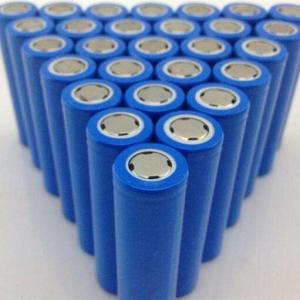How to dispose of the waste lithium battery and Lithium Waste Disposal
How to dispose of the waste lithium battery and Lithium Waste Disposal
lithium-ion battery waste disposal
Lithium-ion battery contains a variety of toxic substances that are highly corrosive and polluting. In addition, waste lithium-ion battery electrolyte contains highly toxic, flammable, explosive, corrosive electrolyte and organic solvents, then waste lithium batteries how to deal with it? The following together with a hundred hundred hundred safety net small series to understand it.
The service life of lithium battery is about three years, at present, more and more kinds of waste lithium battery, recycling needs to do a good job classification processing, different types of lithium battery brings different value.
In fact, lithium batteries contain a large number of copper and lithium powder, these are expensive scarce resources, the market of waste lithium batteries every year tens of millions of tons of production if these recycling will be of great commercial value.
Waste Lithium batteries contain cobalt, lithium, nickel, copper, aluminum and iron, and the mass fraction of cobalt ion can be as high as 15%, 850 times the content of associated cobalt ore, far exceeding the output of China's cobalt mines. At the same time, aluminum foil as a positive current collector and copper foil as a negative current collector have high recycling value in the structure of lithium batteries. It is of great social and economic significance to invest in a complete set of equipment for the shredding of Waste Lithium Batteries, to recover valuable metals from a lithium-ion battery, to reduce pollution to the environment and to alleviate the shortage of resources.
What to do with the spent lithium battery
The wet process is a well-researched and mature process for the treatment of waste lithium-ion battery. It mainly goes through three stages:
1)The recovered waste lithium-ion battery is thoroughly discharged, simply separated and broken up, and so on. After screening, the main electrode material is obtained or the electrode material is obtained after breaking and roasting to remove the organic matter
2)Dissolving and leaching the electrode material obtained after pretreatment, so that various metals and their compounds enter the leaching solution in the form of Ions;
3)The separation and recovery of metals in the leaching solution is the key to the treatment of spent lithium batteries and is also the focus and difficulty of researchers for many years.
At present, the main methods of separation and recovery include solvent extraction, precipitation, electrolysis, ion exchange, and salting out.
Our Lithium-Ion battery waste disposal equipment can be used in the first phase to obtaining economic value from the processing of waste lithium batteries.





